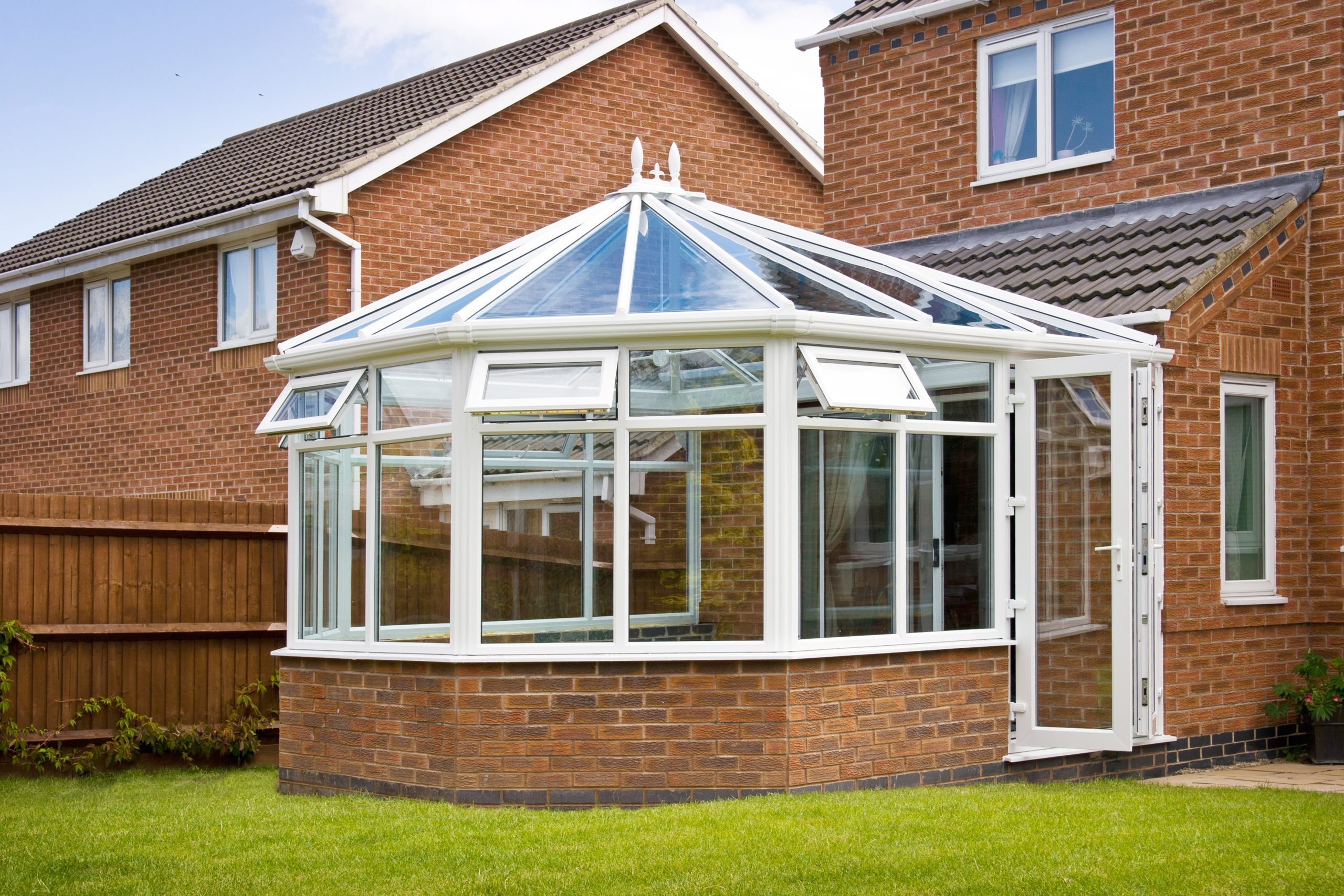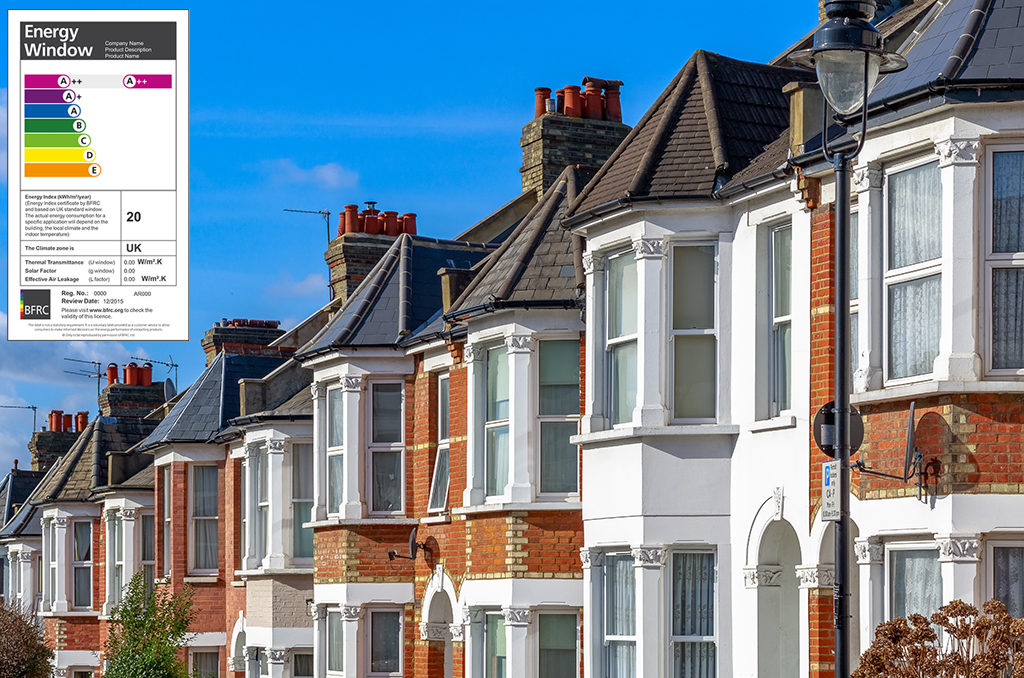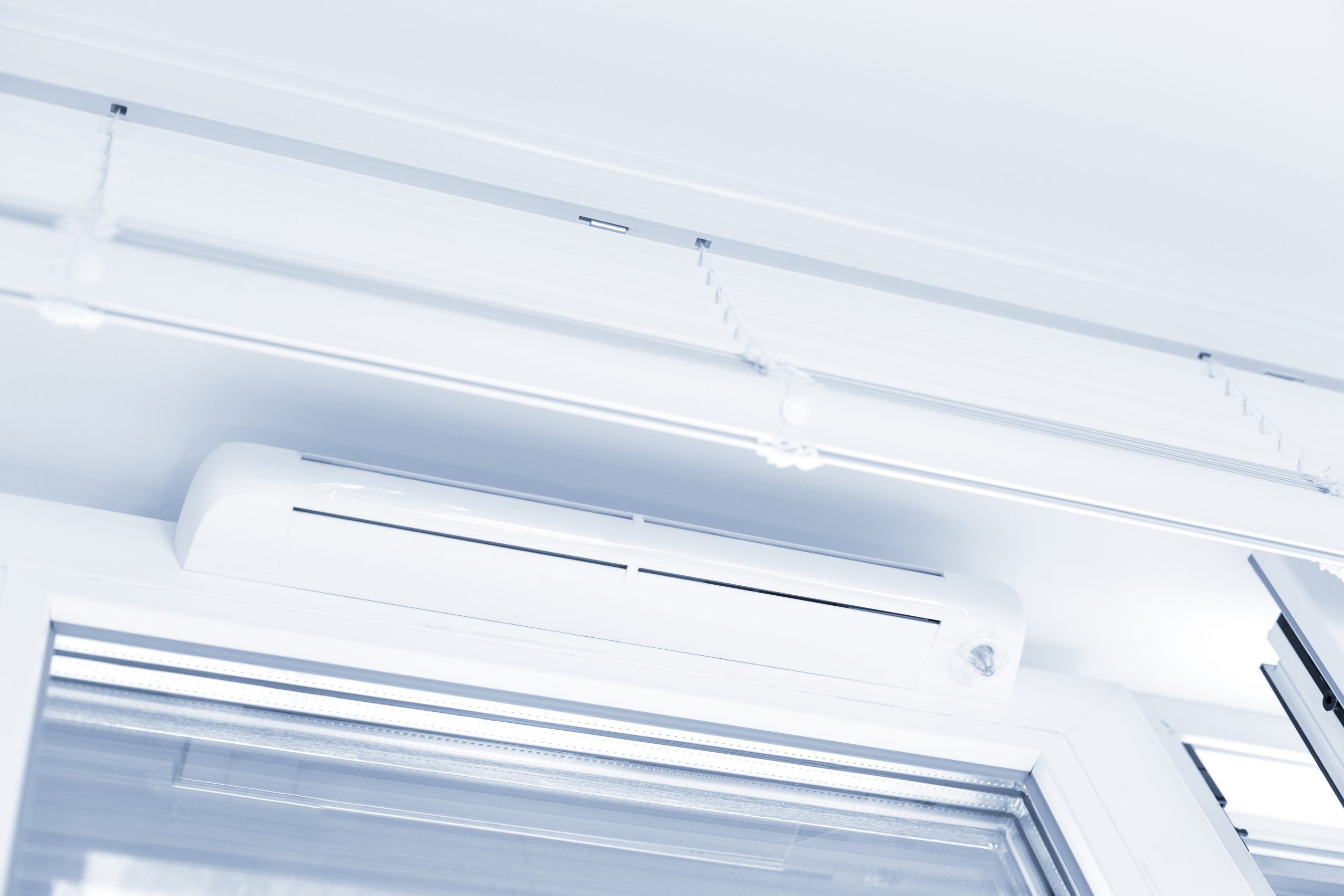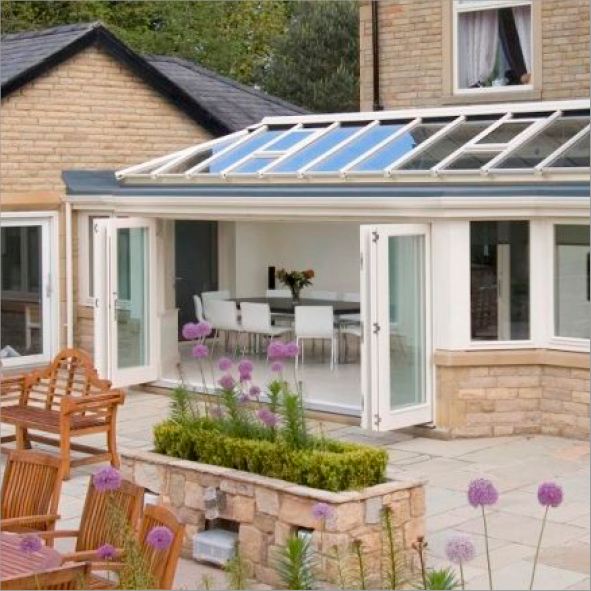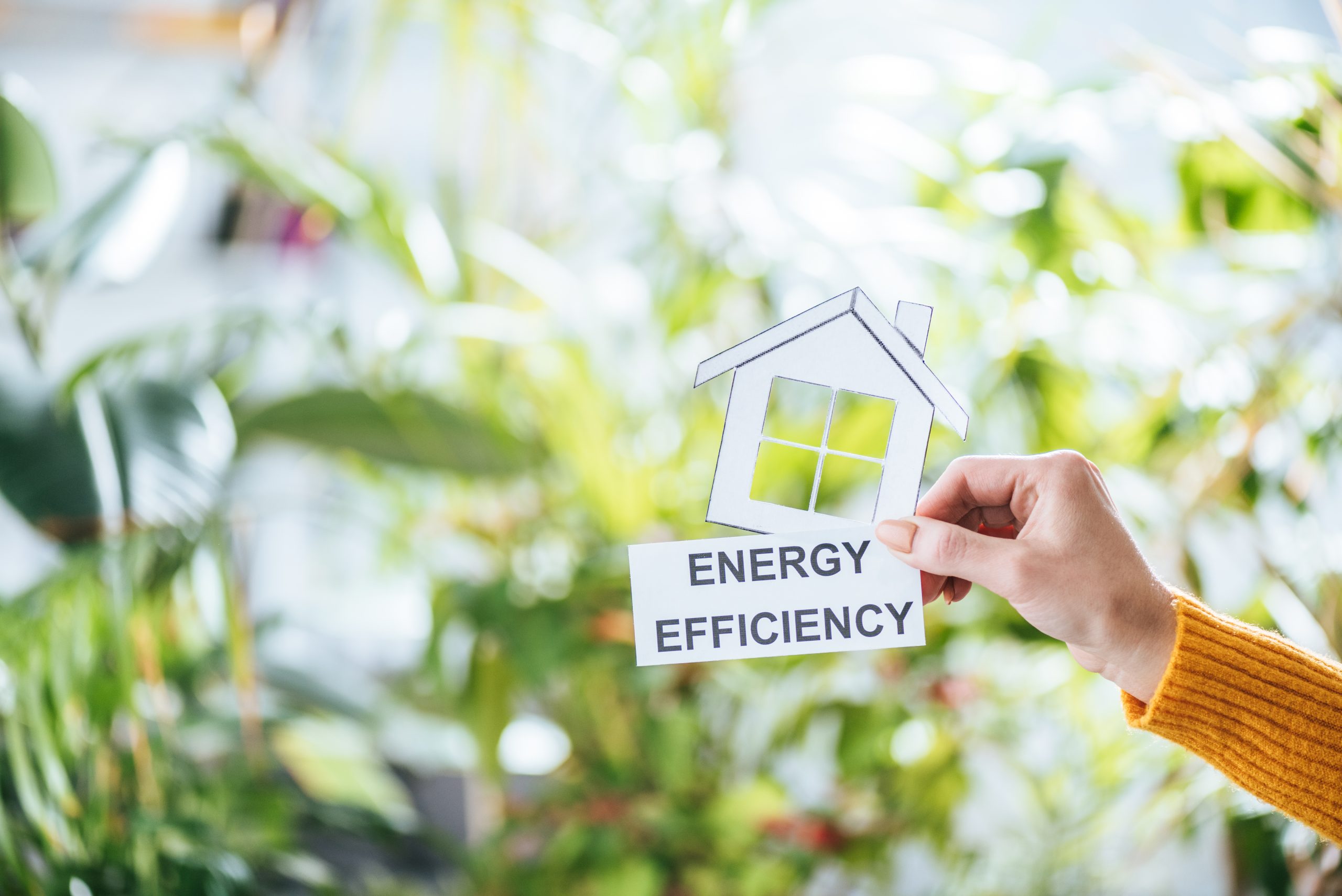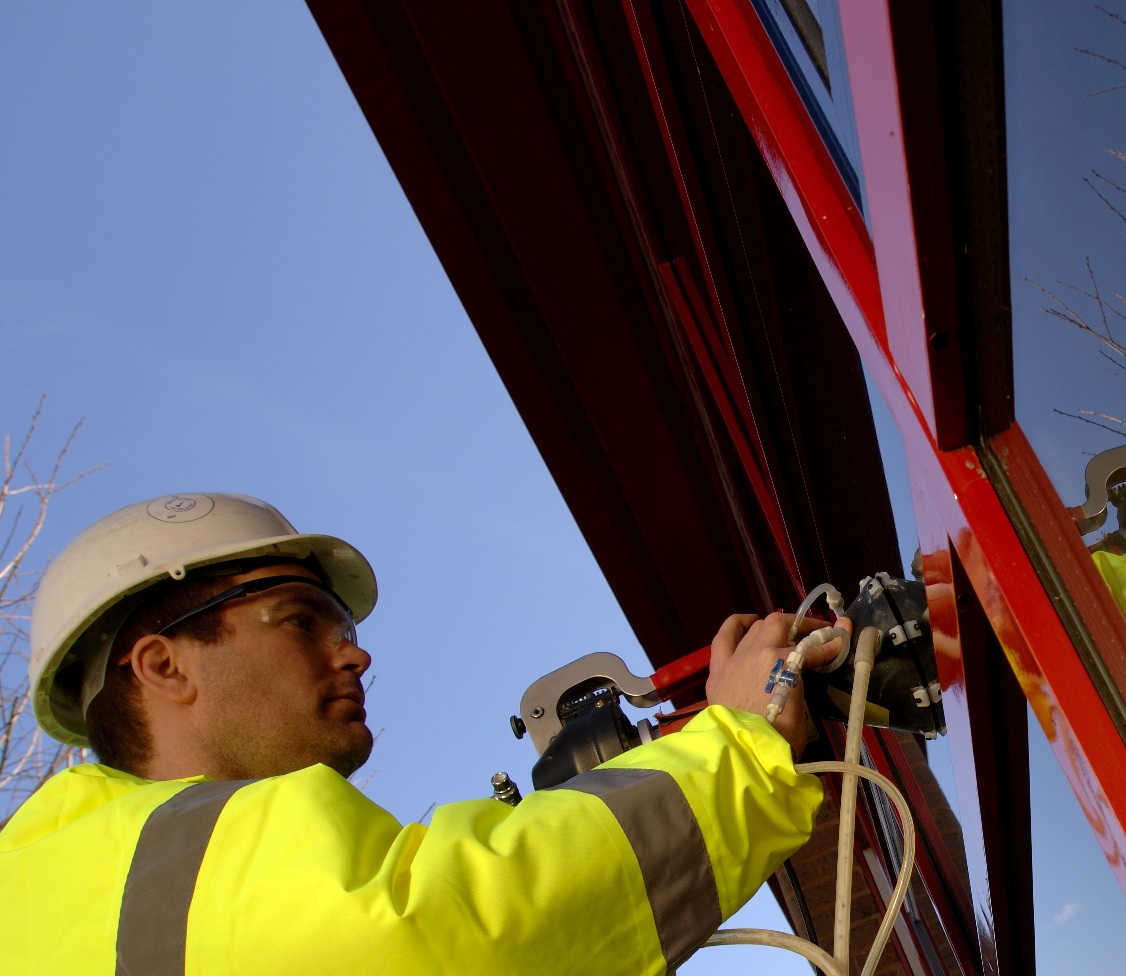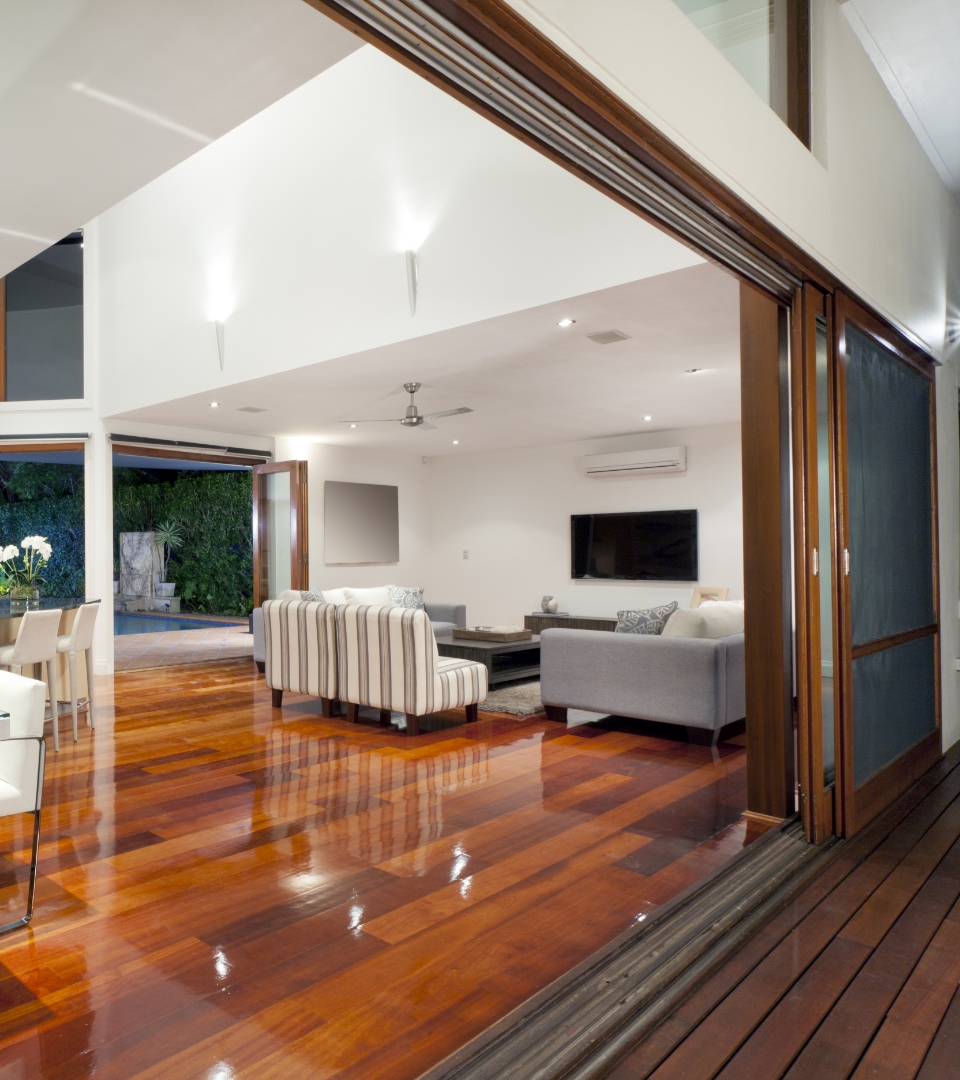All About Secondary Glazing
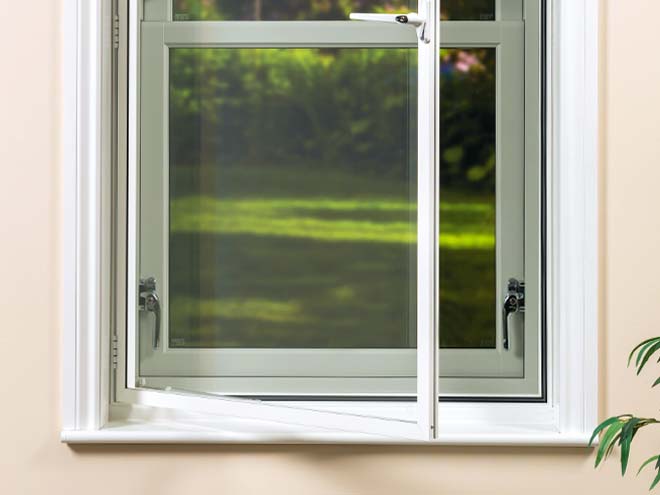
Following the Government’s inclusion of secondary glazing in the Green Homes Grant Scheme (launched 1st September), there have been many queries made to MyGlazing.com and the Glass and Glazing Federation (GGF) about the performance and qualities of Secondary Glazing.
Here’s the responses from the MyGlazing.com team in conjunction with the Glass and Glazing Federation and GGF Members Pilkington UK and Roseview Windows.
How does secondary glazing compare to replacing with windows for new double or triple glazing in terms of improving energy efficiency?
Secondary glazing when placed in close proximity to a primary window can offer good thermal improvements and increase your energy efficiency. If you live in a listed buildings often local council restrictions means that you can’t replace the original window design (and specification which is usually single glazed) with double or triple glazing so secondary glazing units can be a good alternative.
The energy efficiency performance is not as high as that of a full double or triple glazing replacement, mainly because of the huge advance in the quality of sealed insulating double and triple glazed windows and doors, however, secondary glazing can still be an effective solution.
One the most common ways of determining thermal performance in building materials is the U value, which measures how easily heat can pass through a material. Materials that allow more heat to escape from a building have higher (i.e. worse) U-values. Materials that let less heat pass through them have lower (i.e. better) U-values.
Solely based on glass U-values the table below is a reasonable measure of the difference on different window types:
| Glass type | U value (W/m2K) |
| Single pane | 5.7 to 5.8 |
| Single pane with secondary glazing (with 150mm air gap) | 2.9 |
| Single pane with Pilkington K GlassTM coated secondary glazing (with typical 150mm air gap) | 2.0 |
| Replacement double glazing unit with low E coating | 1.0 – 1.5 |
| Single pane with secondary glazing, glazed with double glazing slim unit with low E coating (not often used as cost is similar to standard double glazing) | 0.9 |
| Replacement triple glazing unit with two panes with low E coating | 0.5 – 0.8 |
The above table does not include the individual performance of frames, seals and insulation around the frames, the U values of the glass are based on typical performances.
Low emissivity (low E) coatings are microscopically thin, transparent coatings (much thinner than a human hair) that reflect long-wave infrared energy (or heat). So instead of heat escaping through the glass, a low E coating will reflect heat back into the home. In secondary glazing hard coat Pilkington K Glass™ is used to create the same effect.
The table shows the difference in thermal insulation from a single pane of glass through to a triple glazing unit with two panes of low E glass. As you can see the difference from single glazing with the addition of secondary glazing approximately doubles energy efficiency.
Many homeowners living in conservation areas and/or listed buildings who may be restricted by local authorities on installing modern home improvements, use secondary glazing as a solution to improve energy efficiency because once installed, it improves energy bills immediately. However, it is worth noting that installing double glazing or triple glazing does increase thermal performance even more significantly, by roughly 100% from secondary glazing.
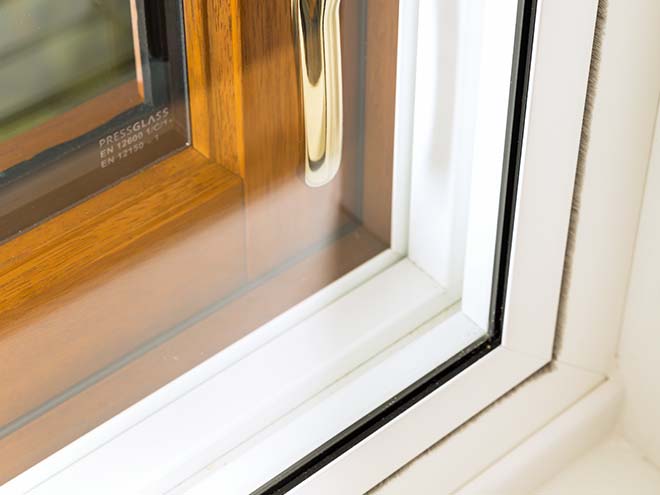
Secondary glazing can also effectively eliminate the draughts commonly found with old single glazed windows. Draughts aren’t directly measured by U value but they can of course adversely affect a building’s energy efficiency and the occupant’s comfort levels.
Being a less expensive option (approximately 50% less on a supply and install) Secondary glazing is often an easier or temporary solution for those homeowners who want to improve their energy efficiency but may not have a huge budget.
What is the average cost of secondary glazing?
Cost varies depending on the specification. Secondary glazing can be bespoke, coloured and shaped to suit the period properties they are found in. Designed to cover the existing window style and be hardly visible, the variation in styles these days includes fully tilt out to clean units. On average, a typical secondary glazing window/unit is around half the price of a double glazing window. The installation of secondary glazing is also better for acoustics, whether it’s keeping sound out or in.
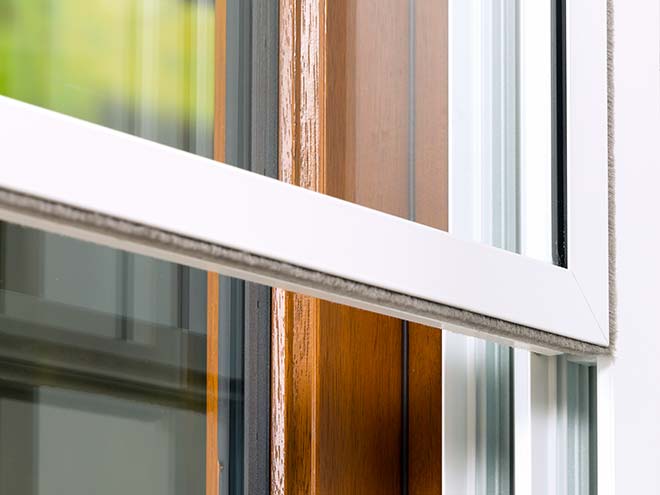
When would it be beneficial to use secondary glazing over replacement windows?
Noise prevention is one of the main benefits. Secondary glazing is used extensively throughout the country to combat noise pollution. It is often fully subsidised as part of government schemes to improve living conditions in particular situations such as airport flight paths and housing in proximity of railways or highways. The noise cancelling effects of secondary glazing are particularly impressive.
Secondly in conservation areas or listed buildings where restrictions are in place. Many older public buildings like museums, schools or town halls have secondary glazing installed because the owners or local councils may have to retain the external appearance of the building. Professionally installed secondary glazing is virtually invisible from the exterior of such a property and delivers the advantages of energy efficiency and noise reduction.
Secondary glazing also offers an added layer of security and the internal finishes that can be achieved with secondary glazing are now of such a high quality, they can be a real feature of the interior design.
What are the drawbacks of secondary glazing?
Secondary glazing is not as energy efficient as a new double or triple glazing windows, though it does improve energy efficiency where there are local council restrictions. One drawback that is sometimes mentioned is the maintenance and cleaning of secondary glazing. It can mean twice as much work when cleaning, especially when double and triple glazing can also feature self-cleaning glass. However, most modern secondary glazing panels are removable and the weight of a single glazed panel is much lighter to handle when doing so.
It has been mentioned that in some situations, secondary glazing can resolve a problem with condensation. Providing an extra barrier of glass can help regulate the extreme temperature clash of cold glass pane against warm centrally heated air though it should always be well ventilated to reduce the likelihood of condensation. Secondary glazing is not the best energy efficient glazing solution, because the seals are not as airtight as those on double and triple glazing. In addition, the thermal performance of secondary glazing is very much dependent on the condition of the prime single glazed window on a building’s exterior.
Video: See secondary glazing sound reduction demonstration.
The answers provided have been supplied by the technical team of MyGlazing.com and the Glass and Glazing Federation (GGF). The information has been corroborated with research, product testing and product data from GGF Members including Pilkington UK and Roseview Windows. Video courtesy of Roseview Windows.

 Emergency Glaziers
Emergency Glaziers GGF Shop
GGF Shop MyGlazing.com
MyGlazing.com Find a GGF Member
Find a GGF Member